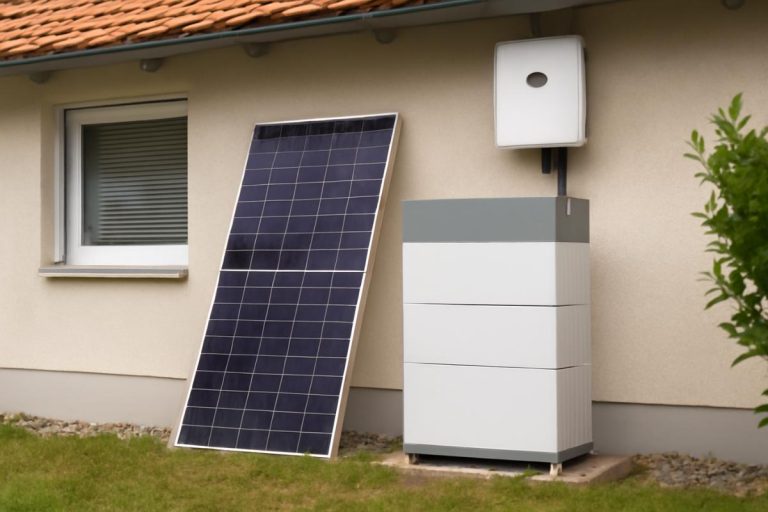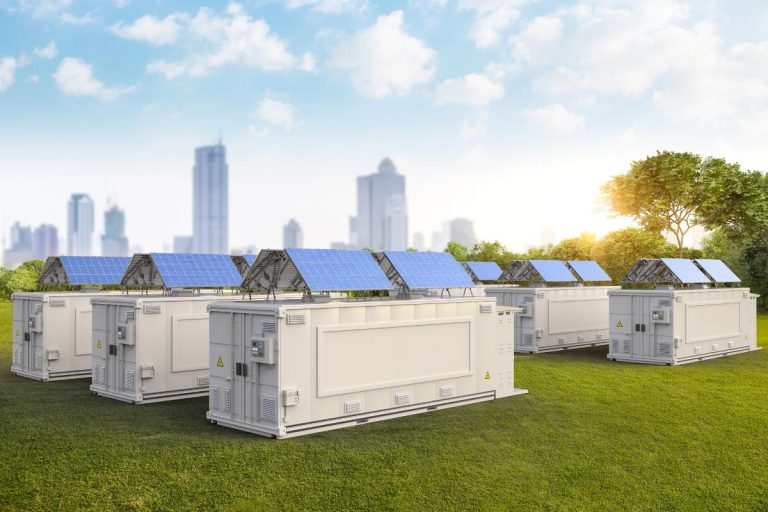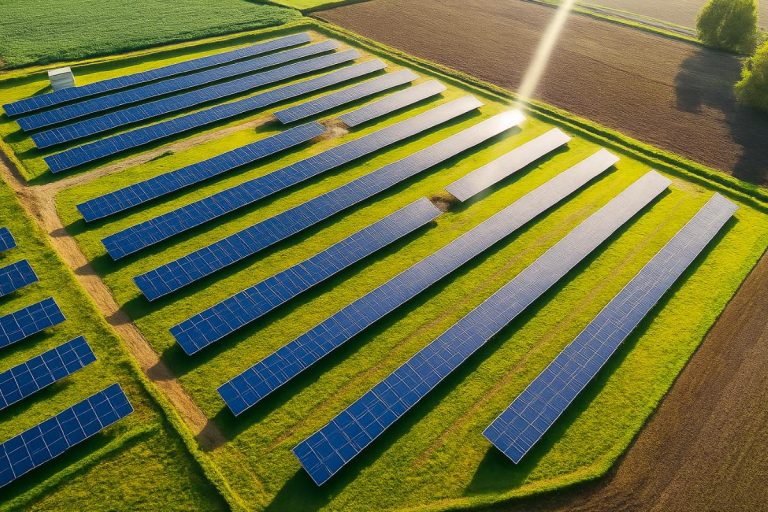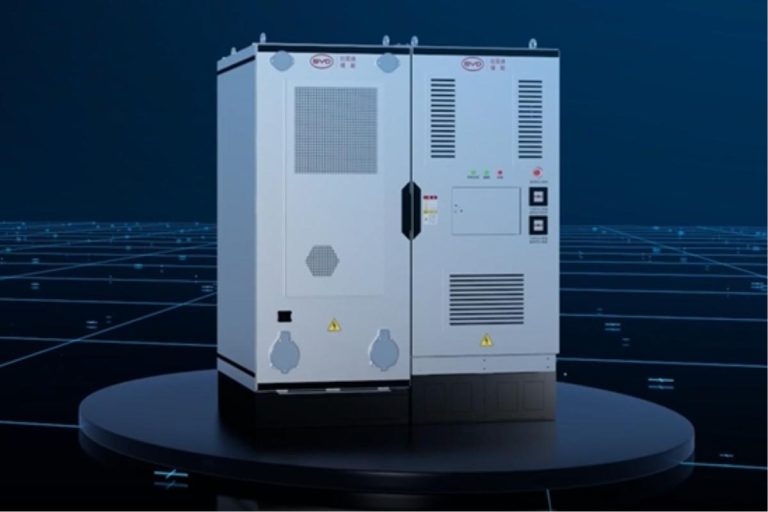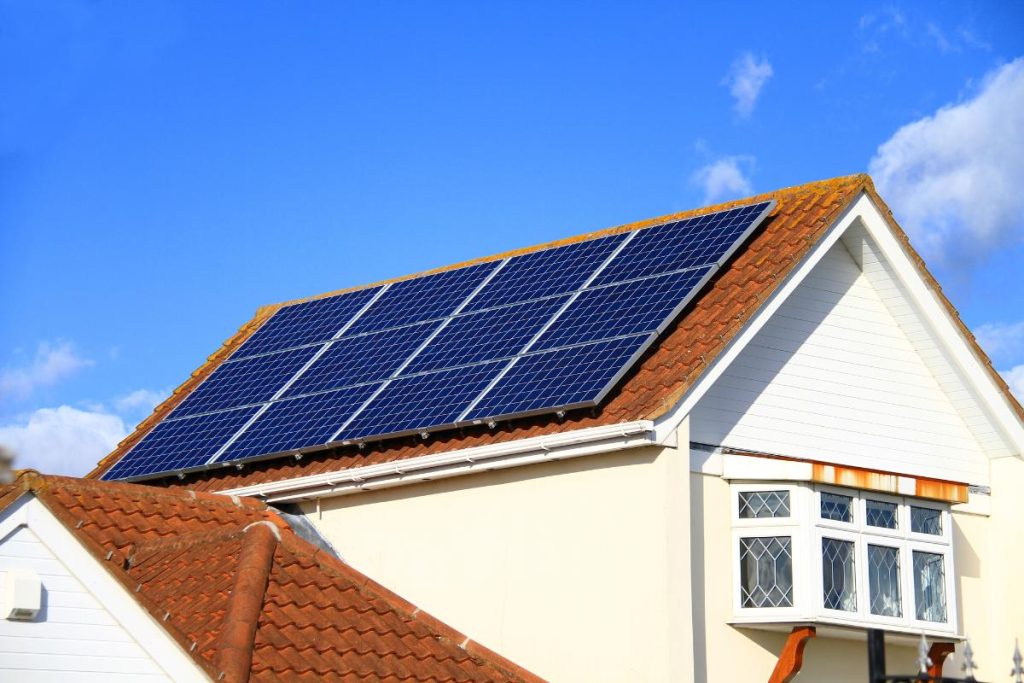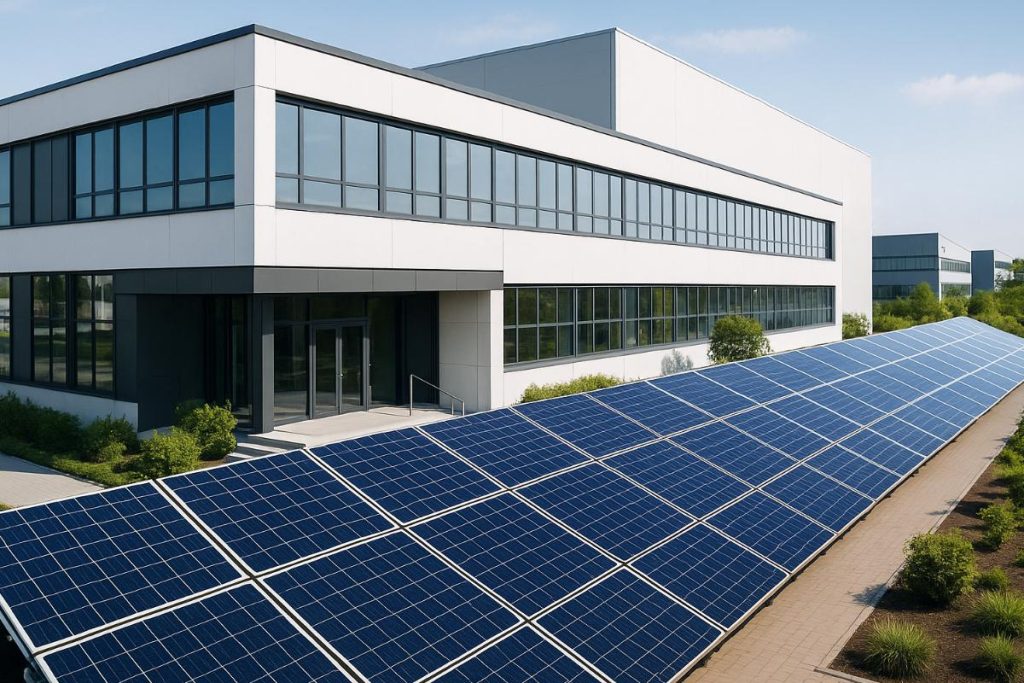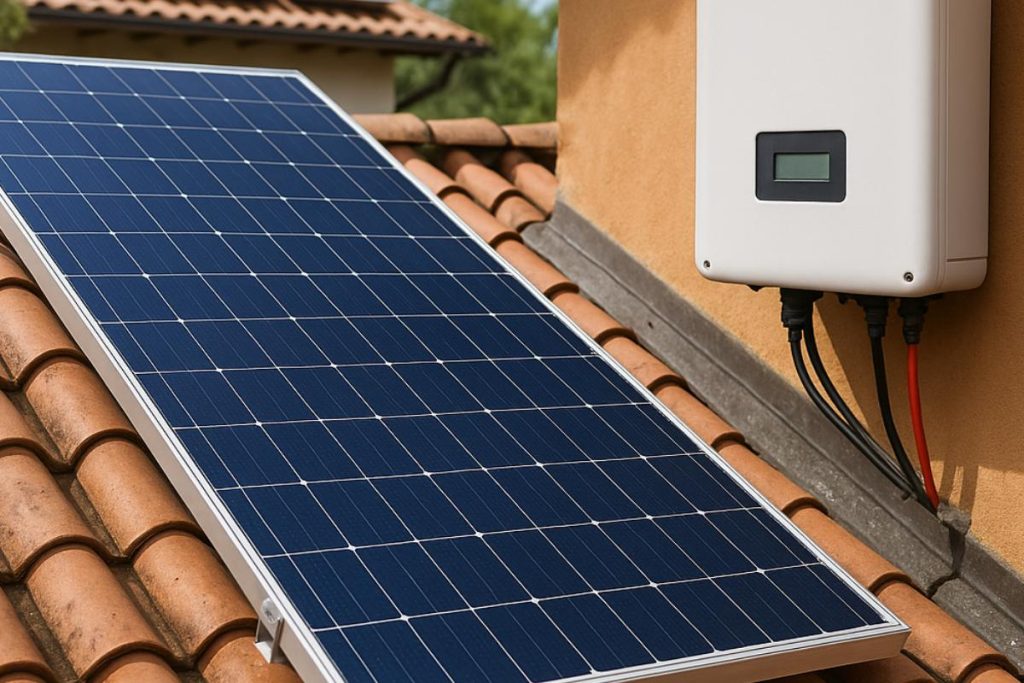Solar energy is gaining increasing prominence as a clean and sustainable alternative for generating electricity. Within this context solar farms are emerging as an innovative and efficient solution. But what exactly is a solar farm? How does it work? What are its advantages? In this article, we'll explore everything you need to know about this topic.
What is a solar farm?
A solar farm, also known as a solar park or photovoltaic plant, is a large area where solar panels are installed to capture the sun's energy and transform it into electricity. These panels are arranged in rows and connected to each other, forming a network capable of generating energy on a large scale.
Unlike residential solar systems, which are installed on roofs and serve just one house or building, solar farms are designed to supply hundreds or even thousands of consumers. They can occupy anything from a few hectares to hundreds of square kilometers, depending on the desired generation capacity.
How does a solar farm work?
The operation of a solar farm is based on a relatively simple but highly technological process. Here is a basic step-by-step guide:
- Capturing sunlight: photovoltaic panels, made of silicon cells, capture sunlight and convert it into direct current (DC) electricity.
- Energy conversion: the energy generated by the panels is sent to inverters, which transform direct current into alternating current (AC), the type of energy used in homes and businesses.
- Energy distribution: the converted energy is then sent to the electricity grid, where it can be distributed to nearby consumers or stored in batteries for later use.
- Monitoring and control: monitoring systems ensure that the solar farm operates efficiently, identifying possible failures or drops in production.
Check out our full content on how solar energy works!
What are solar farms for?
The main objective of solar farms is to generate clean, renewable energy on a large scale. They can provide energy for thousands of homes, businesses and industries and reduce the need for thermal power plants, which use fossil fuels and emit pollutants.
They also contribute to reducing greenhouse gas emissions, helping to combat climate change, and allow consumers to contract energy bundles even if they don't have the space to install solar panels on their property.
What's the difference between a solar farm and a solar power plant?
Although the terms are often used synonymously, there is a subtle difference between them. A solar farm uses photovoltaic panels to generate energy from sunlight. A solar power plant, on the other hand, can include farms or technologies such as heliothermics, which use mirrors to concentrate heat and generate energy.
In short, every solar farm is a solar plant, but not every solar plant is a solar farm.
How is a solar farm built?
Building a solar farm involves several steps and precautions. Check out the process:
- Feasibility study: location, solar incidence, soil type and proximity to distribution networks are analyzed.
- Project and licensing: the technical project is developed and the environmental and operating licenses are obtained.
- Site preparation: the site is cleared and leveled for the installation of the panels.
- Installation of the panels and equipment: the panels are mounted on metal structures, and the inverters and connection systems are installed.
- Testing and connection to the grid: after installation, the farm is tested and connected to the grid.
Advantages of the solar farm
Solar farms offer a number of benefits, both for the environment and the economy. Check out the main advantages:
- Shared energy generation: allows several people or companies to benefit from the energy generated, even if they don't have the space to install panels.
- Reduction in electricity bills: consumers who contract plots from a solar farm can save up to 20% on their energy bills.
- Low carbon emissions: solar energy is clean and does not emit polluting gases during generation.
- No pollutants: unlike thermal power plants, solar farms do not release soot or other harmful waste.
- Low-maintenance solar panels: panels require little maintenance, usually limited to periodic cleaning.
- Recycled material: many components of solar panels are recyclable, reducing the environmental impact.
What are the best places to build a solar farm?
The choice of location is a crucial factor in the success of a solar farm, as it directly influences its efficiency and economic viability. One of the most important aspects is high solar incidence, i.e. regions with many hours of sunshine throughout the year are considered ideal for installing these projects.
In addition, flat, wide plots of land are preferable, as they make it easier to install solar panels and reduce land preparation costs. Another important factor is proximity to energy distribution networks, which reduces connection costs and energy losses during transmission.
Environmental licensing is also essential, and areas with a low environmental impact and where it is easier to obtain the necessary licenses are preferred. In Brazil, the Northeast stands out as one of the most favorable regions for setting up solar farms, mainly due to its high solar irradiation index, which guarantees more efficient and consistent energy production.
Solar farms in brazil
Brazil has enormous potential for generating solar energy, thanks to its tropical climate and the vast areas available. In recent years, the country has increasingly invested in solar farms, especially in the Northeast and Southeast.
According to data from ABSOLAR (Brazilian Photovoltaic Solar Energy Association), the number of solar farms in operation in Brazil has almost increased sixfold in less than four years, from 861 in 2020 to 5,141 in April 2023.
This significant growth is also reflected in the increase in customers who have adopted this type of energy. In the same period, the number of consumers receiving credits generated by solar farms rose from 3,200 to 14,700, demonstrating the expansion and popularization of this renewable energy source in the country.
By 2024, BYD has announced the implementation of nine solar plants with EPC expertise for Raízen Gera Desenvolvedora. The plants are in Betânia, Boa Viagem and Amontada, in Ceará; Fazenda São João and Goytacazes, in Rio de Janeiro; Ceará Mirim, in Rio Grande do Norte; and Santarém, in Pará.
Who can contract solar farm plots?
Any person or company can contract plots from a solar farm, as long as it is connected to the local distribution network. This is done through cooperatives or specialized companies that offer shared energy plans.
How do I buy photovoltaic energy from a solar farm?
To buy energy from a solar farm, choose a supplier that offers shared solar energy and contract a plan that suits your needs. The company takes care of the connection to the distribution network and the reduction in your electricity bill is already apparent in the first month. It's an affordable way to use clean energy without installing solar panels.
BYD is a leading player in the solar power plant market in Brazil
Solar farms represent an important step in the transition to a cleaner and more sustainable energy matrix. With numerous advantages, from cost savings to low environmental impact, they are a viable solution for the future of energy.
BYD, with its solid structure in Brazil, ensures quality in all processes, from sizing to monitoring generation after delivery of the work. With total support and expertise, BYD guarantees the best possible project for companies wishing to invest in solar energy.
If you want to contribute to a greener planet, reduce costs and count on a reliable partner, solar energy is the right choice, and BYD is ready to help you on your journey.
Check out our content on how to install solar energy and start building a more sustainable and economical future!


